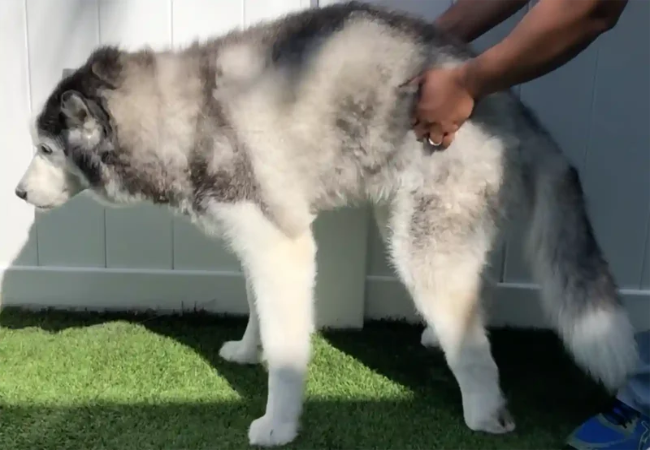Fibrocartilaginous Embolism (Spinal Stroke) in Dogs: Vet’s 2025 Guide to Diagnosis, Recovery & Care 🧠🐾

In this article
Fibrocartilaginous Embolism (Spinal Stroke) in Dogs: Vet’s 2025 Guide to Diagnosis, Recovery & Care 🧠🐾
By Dr. Duncan Houston BVSc
Hello—I’m Dr Duncan Houston BVSc, veterinarian and Ask A Vet founder. FCE is a sudden spinal stroke caused when fibrocartilage from an intervertebral disc blocks blood flow to a part of the spinal cord. Though alarming, many dogs recover well with supportive care and rehabilitation. In this vet‑approved guide, I cover:
- What FCE is and how it happens
- Which dogs are most at risk
- Common clinical signs and how it differs from disc herniation
- Diagnostic methods—especially MRI
- Supportive care and rehab strategies
- Prognosis and long‑term outlook
- Tools from Ask A Vet for tracking recovery milestones
1. What Is FCE?
FCE is an ischemic spinal cord injury—essentially a spinal stroke. Fibrocartilage from an intervertebral disc enters spinal vessels, blocking blood supply and causing sudden dysfunction in the affected spinal segment.
2. Who Is at Risk?
- Common in large and giant breeds—German Shepherds, Irish Wolfhounds—but also seen in small breeds like Miniature Schnauzers and Shelties.
- Typically affects young to middle‑aged dogs (median 3–6 yrs), though any age may be affected.
- Often triggered by mild trauma or vigorous exercise, sometimes even just normal activity.
3. Signs of FCE
- Sudden onset of weakness or paralysis—often in one limb or one side of the body.
- Often asymmetrical, and typically non‑progressive—symptoms stabilize within 12–24 hrs.
- Initial pain or yelp at onset, but usually pain subsides soon after.
- No worsening after onset—key difference vs. disc herniation.
4. Diagnosing with MRI
Diagnosis is best confirmed with MRI or less commonly CT/myelography. MRI shows characteristic intramedullary hyperintensity without compressive lesions. Advanced diffusion‑weighted MRI increases early detection accuracy.
5. Supportive Care & Rehab
- Hospitalize acutely—provide padded rest and bladder care as needed.
- Encourage movement early with harness, sling, or cart to prevent muscle atrophy.
- Physiotherapy: stretching, massage, muscle stimulation, hydrotherapy improve recovery.
- Recovery typically begins in 3–7 days, but full neurological healing may take weeks to months.
6. Prognosis
- Most dogs improve significantly—about 84% regain mobility, especially with intact deep‑pain perception.
- Prognosis is poorer if there is complete paralysis and loss of deep‑pain.
- Recurrence is rare, and the long‑term outlook is good with ongoing rehab.
7. Ask A Vet Tools for Recovery
- Log mobility milestones, bladder/bowel control, and exercise tolerance
- Track physiotherapy sessions, hydrotherapy, and daily progress
- Set reminders for vet check‑ups and rehab appointments
📌 Final Thoughts from a Vet
FCE, while dramatic, often leads to recovery when recognized early and treated with supportive rehab. MRI confirms the diagnosis, and physiotherapy is essential. With Ask A Vet tracking and goal-setting tools, recovery becomes structured, encouraging, and measurable. You and your dog are not alone on the road to regain function. 🐾❤️






